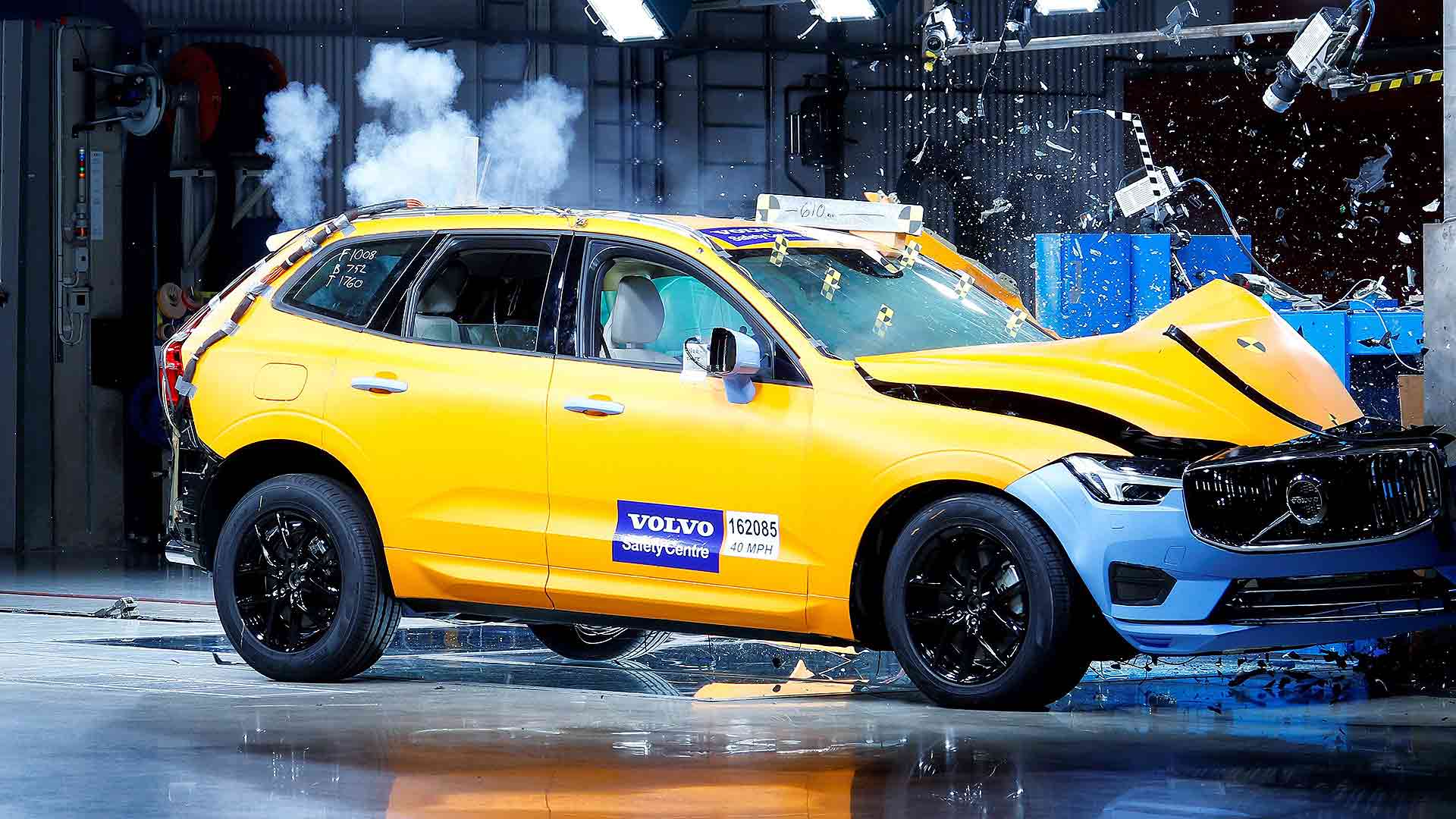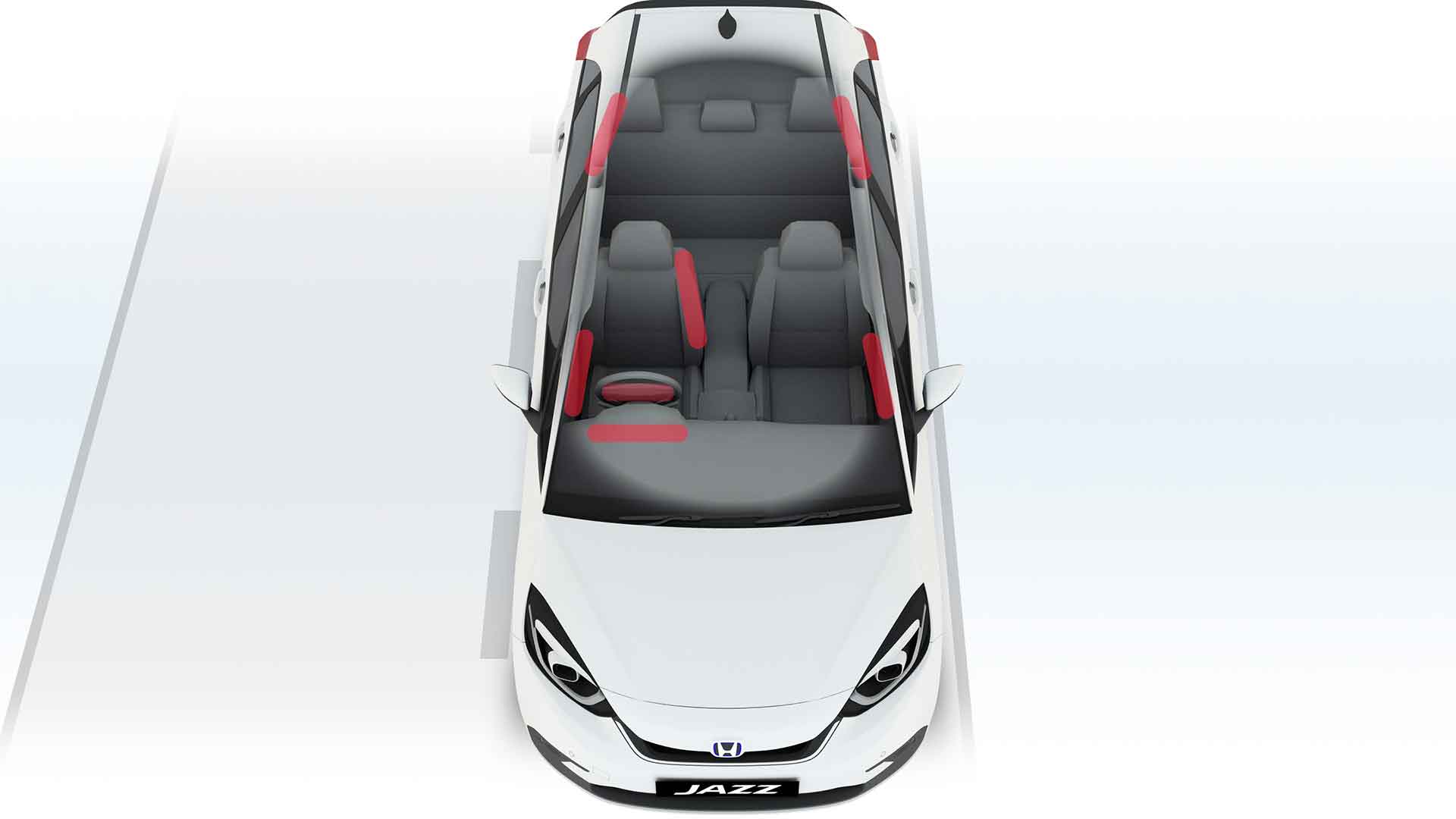
Safety organisation Euro NCAP has announced stringent new standards for crash tests from 2020 which include assessing the impact of big vehicles on smaller ones.
Reflecting the growth in popularity of larger, heavier SUVs, the new test comprises a moving barrier which the moving test vehicle collides with.
It replaces a ‘static’ barrier test used by Euro NCAP for the past 23 years and allows testers to judge how the test vehicle contributes to injuries in the other vehicle.
Called the compatibility test, the UK’s Thatcham Research has been a lead partner in creating the new regime.
“Historically, SUVs and other big cars have offered very good protection to their occupants,” explained Thatcham Research’s Matthew Avery, a Euro NCAP board member.
“However, the smaller vehicles they sometimes crash into can fare less well.”
“In the new compatibility test, if the larger vehicle is too stiff in an impact scenario, it will be penalised accordingly. This levels the playing field for all vehicle sizes, which is a win-win for road safety.”
Euro NCAP 2020

Other changes include a new test to assess centre airbags, which are designed to protect interaction between driver and passenger in side impact tests.
Side impacts cause the second-highest rate of death or serious injury in vehicle collisions.
The new 2020 Honda Jazz, pictured above, is one of the first mainstream cars to be available with a centre airbag.
The standards for assessing AEB autonomous emergency braking systems are raised, and Euro NCAP is to carry out the first assessments of driver alert systems.
“We believe that driver monitoring is the next big thing in active safety technology,” said Mr Avery.
Post-crash safety will be rated too, including how accurately e-call systems send rescue information to emergency services, and how easy it is to get occupants out of a crashed vehicle – this includes rating aspects such as electric door handles.
Carmakers will also be rewarded for making information on where it’s safe to cut a vehicle should extraction be required easily available.
The first tests to the new standards will be announced later this summer, after Euro NCAP testing was put on hold due to the coronavirus crisis.
ALSO READ
The history of Euro NCAP safety tests